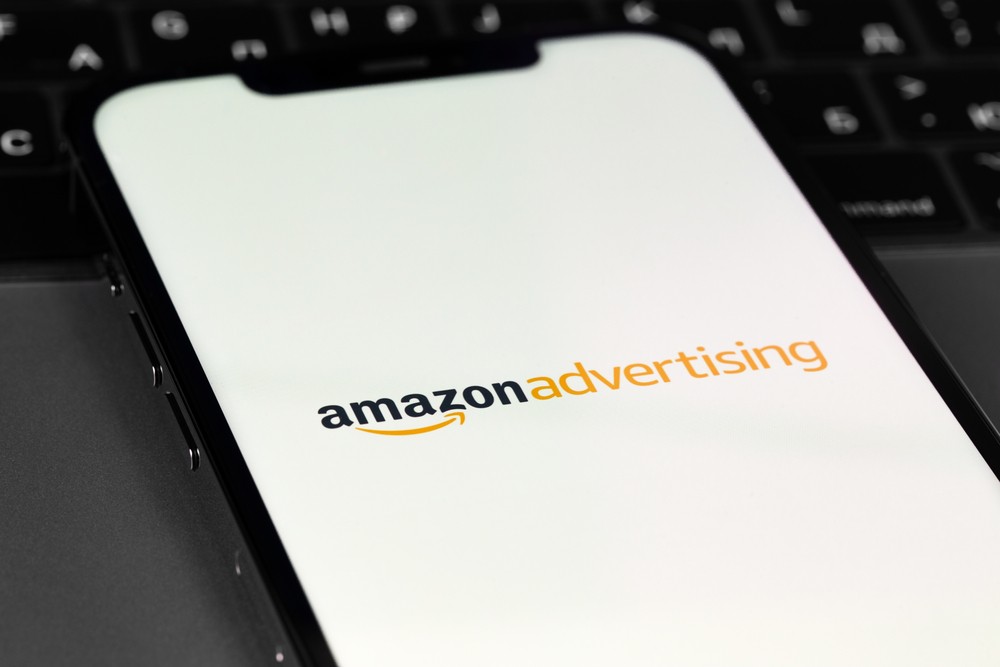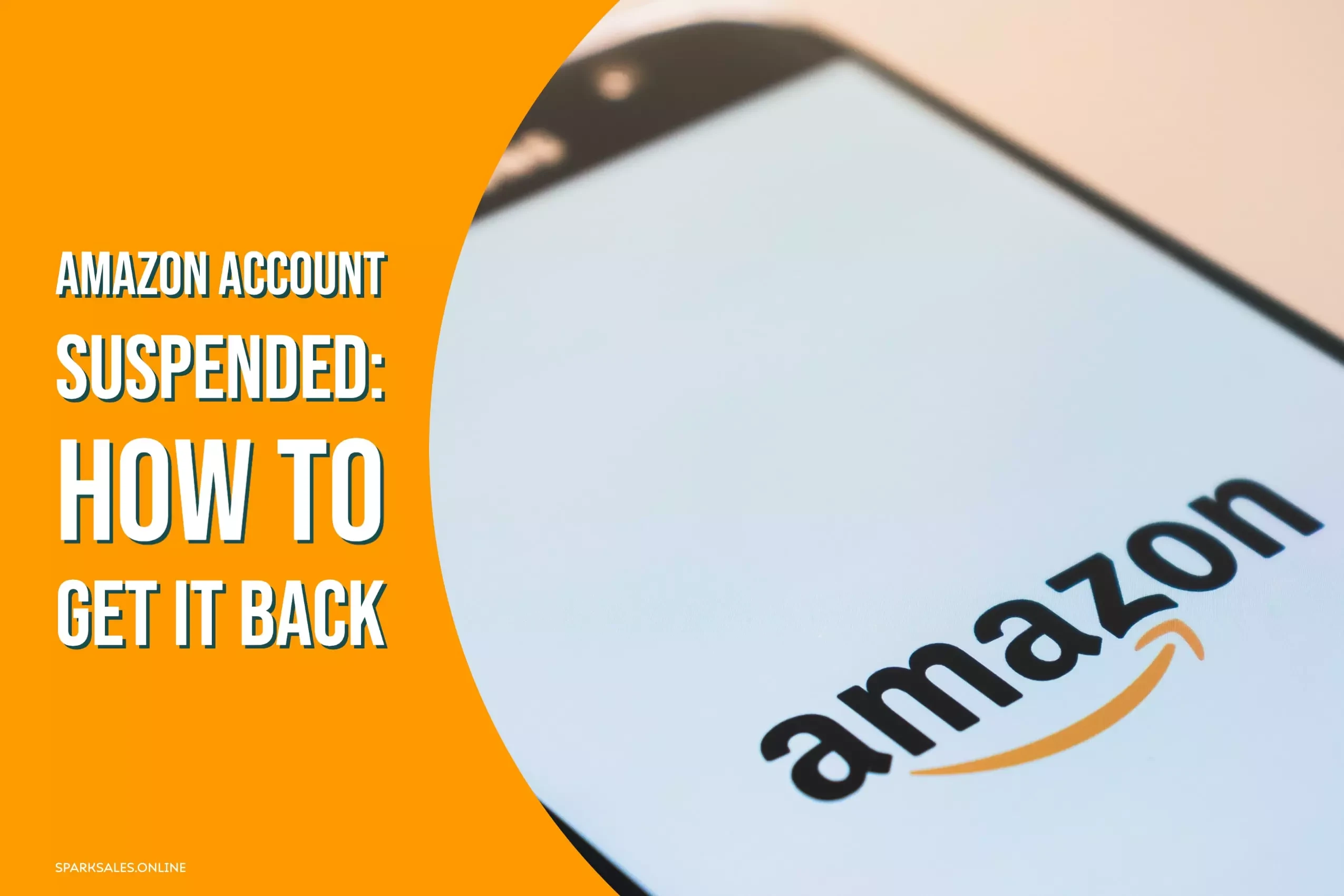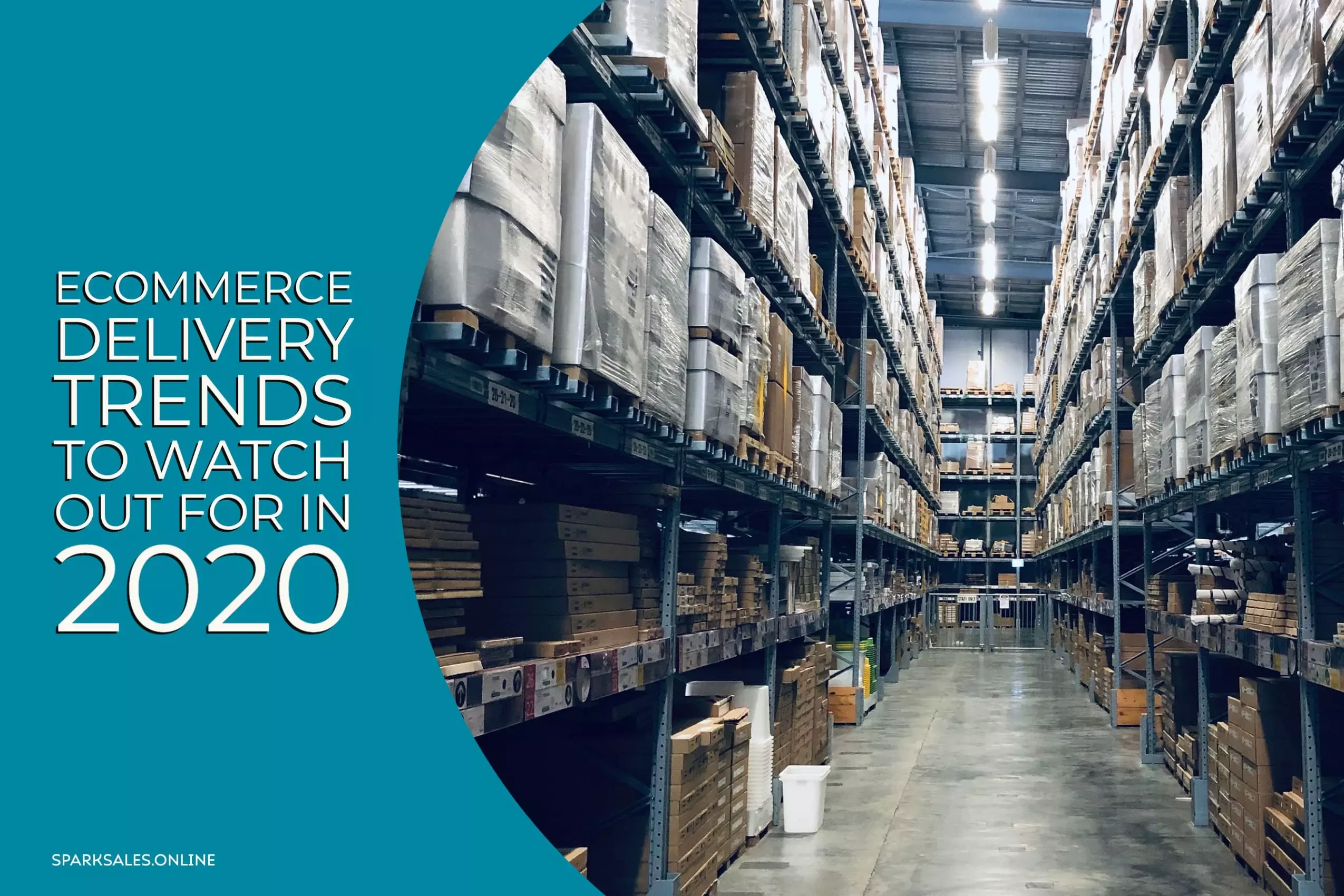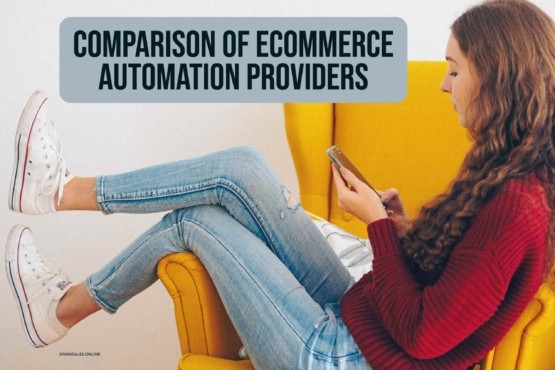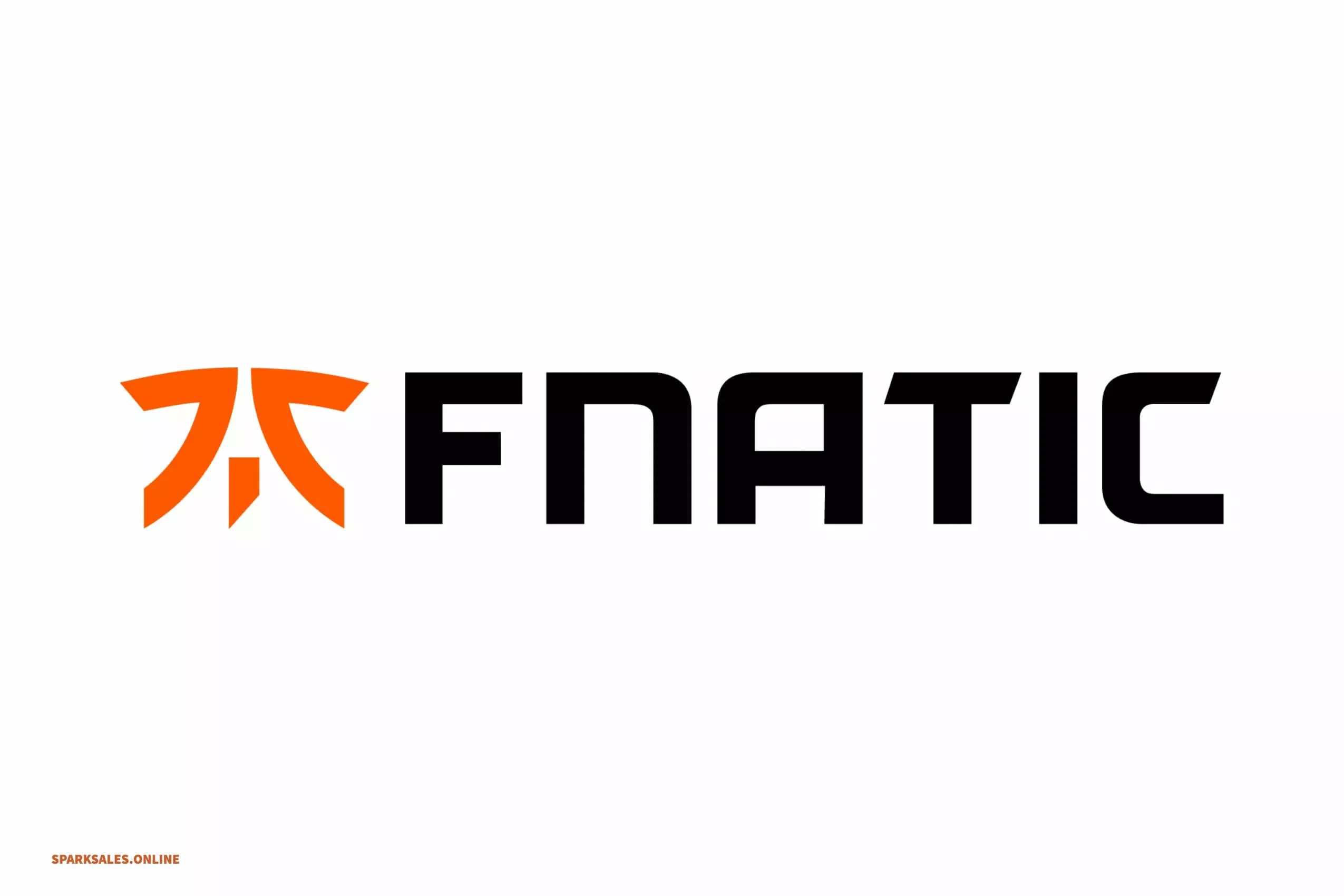Having a well-planned marketing approach is important for any business that strives for success. Amazon sellers have the opportunity to utilize the Amazon PPC system as a key tool to become productive in the digital world. Incorporating an effective PPC plan will escalate sales within the store, attract a target audience, and make the business better known within the marketplace.
Another compelling reason to leverage PPC ads on Amazon is that shoppers on the platform already intend to buy. Therefore, investing in advertising on a platform that guarantees quick sales is a smart move for many businesses. According to Forbes, 75% of Amazon sellers utilize at least one form of Amazon PPC ad to promote their business and increase sales.
However, considering the potential costs and creative process involved, it’s worth asking whether using Amazon PPC ads is truly worthwhile. In the following sections, we’ll take a closer look at this question and provide some valuable insights to help you decide.
What is PPC on Amazon?
First, let’s clarify what is pay per click on Amazon. Amazon’s Advertising platform is designed for third-party sellers to create ad campaigns for their products, with charges based on the number of potential customer clicks and ad views. Sellers can establish bids for their ads to appear in response to product searches and are only charged when a customer clicks on their specific ad. The highest bidder for relevant search keywords will receive the ad. That’s how Amazon PPC Ads Work in a nutshell.
Why is PPC on Amazon important for sellers?
As online shopping gradually moves to Amazon.com, e-commerce brands and sellers are offered plenty of chances to do well. But also, with that increase in online sales comes a lot of opponents attempting to obtain the highest amount of sales. In 2023, a successful PPC marketing plan is basically necessary for any Amazon shop, regardless of size. Considering that there are over millions of products listed on Amazon, items can very quickly be buried in the clutter. Whilst your organic ranking – where your item is usually shown on search engines naturally – is very significant, commercials assist in extending your presence on the site.
How does Amazon PPC work?
Prior to beginning to make use of Amazon PPC, it is advantageous to be aware of how PPC on the platform functions. An outline of the Amazon ad auction method for pay-per-clicking ads is listed as follows:
1. User searches a «coffee machine» on Amazon
2. Amazon amasses all pertinent advertisement campaigns that focus on the keyword «coffee machine.»
3. The ad with the greatest bid becomes the winner of the auction
4. Amazon demonstrates the winning advertisement
5. A customer clicks on the winning ad
6. This advertiser pays the amount of the second-highest bid
The fact that Amazon follows a second-price auction fascinates many sellers. What is a second-price auction, and what does it signify? With a second-price auction, the winning bidder doesn’t pay their initially offered bid. In its place, they hand over the bid of the second-highest bidder.
What Are the 3 Types of Amazon PPC Campaigns?
Amazon offers three types of PPC ads: Sponsored Product Ads, Sponsored Brand Ads, and Sponsored Display Ads.
Sponsored Product Ads
Sponsored Product Ads are the most common, and they appear on the organic search result page, throughout search results, and on the product listing page. This ad type is beneficial for its easy intermixing with organic search and potential to drive sales and improve ranking. Sellers can use Automatic Targeting, which relies on Amazon’s algorithm, or Manual Targeting, which offers greater control over ad campaigns.

Automatic Targeting
Amazon has an automatic targeting system that applies the keywords from your listing to determine which keywords to target. This system considers how consumers behave and adjusts the bids regularly to improve targeting and raise conversion rates. This is great if you don’t have particular keywords when you introduce a new product.
Nevertheless, there are several drawbacks. One downside is that you have less control over your campaign since it relies on Amazon’s A9 algorithm to find relevant keywords. As a result, you may end up spending more money to gather relevant data.
Amazon has different targeting groups for automatic campaigns, including close match, loose match, substitutes, and complements.
- Close match refers to your product ad appearing when a shopper searches for a closely related term.
- Loose match refers to your product ad appearing for a keyword loosely related to your product.
- Substitutes refer to your product ad appearing when a shopper searches for a similar product from another brand.
- Complements refer to your product ad appearing on a complimentary product listing page.
Manual Targeting
Manual targeting, on the other hand, gives you greater control over your ad campaigns. With this option, you can choose keywords from your automatic campaigns or utilize a keyword research tool to find high-volume and relevant keywords to target. Additionally, you can customize bids for each keyword. Manual targeting can be further broken down into keyword and product targeting, which we’ll discuss later in this article.
Amazon Sponsored Brand Ads
Sponsored Brand Ads are exclusive to registered sellers and vendors and were formerly known as «Headline Search Ads.» These ads are designed to help brands increase brand awareness and drive sales by showcasing their products with creative ads on relevant Amazon shopping results.
These ads appear at the top, side, and bottom of Amazon search results and display the brand’s logo, tagline, and a few products from the brand.
Here are some of the benefits of Sponsored Brand Ads:
- Sponsored Brand Ads can generate better Return On Ad Spend (ROAS) by bringing shoppers directly to the brand’s storefront or a custom landing page with no competition.
- It also allows sellers to promote complementary products and encourages buyers to add more items to their carts.
- Sponsored Brand Ads offer three different ad formats for sellers to choose from: Product Collection, Store Spotlight, and Videos.

Sponsored Display ads
Sponsored Display Ads are a powerful tool for engaging potential customers and driving conversions. These ads can be displayed on various platforms, including Amazon affiliate sites, mobile apps, Facebook, Netflix, and Google.
One of the primary benefits of Sponsored Display ads is their ability to re-engage potential customers and increase sales. Using shopping signals, these ads target high-intent audiences both on and off Amazon, bringing shoppers back to your listing and improving sales on high-priced products with longer sales cycles.

Sponsored Display ads cannot target keywords, but they offer two targeting options: contextual targeting and audience targeting. Contextual targeting displays ads to shoppers who have visited a particular product or product category, while audience targeting allows sellers to choose specific shopper audiences.
While Sponsored Display ads are a newer type of PPC campaign on Amazon, they are essential for targeting customers at different marketing funnel stages. Understanding all three types of PPC campaigns, including Sponsored Product ads, is crucial for any seller.
How to Create an Amazon PPC Campaign
After gaining a background in Amazon PPC, are you prepared to launch your inaugural campaign? If so, follow these steps:
- Determine which products to advertise
Begin by choosing which products to promote. You will most likely advertise multiple products, whether you’re launching a Sponsored Products, Sponsored Brands, or Sponsored Display. When creating a Sponsored Brands ad, consider how your products work together to generate clicks and sales. You can use various factors such as product sales, ranking, and popularity to choose which products to advertise. For instance, you may advertise a high-selling product in a Sponsored Brand ad to maximize brand recognition or use Sponsored Products to promote your company’s new, low-ranking product.
2. Conduct keyword research
If creating a manual campaign, research keywords after selecting your products. You have the option to create manual or automatic campaigns when advertising on Amazon. Amazon compiles keywords for your ad based on your product to target automatically with automatic campaigns. In contrast, manual campaigns require you to provide keywords.
Amazon recommends starting with automatic campaigns before moving on to manual ones. Use tools such as Keywords Everywhere or Sonar to research and compile keywords worth targeting. These tools will provide you with information such as monthly search volume, average CPC, and competition for searches on Amazon. Ensure that your researched keywords match your product and the search intent. Avoid targeting that keyword if someone searches for a “wooden office table,” and you sell metal tables.
3. Optimize your product listings
Optimizing your product listings is crucial whether you choose automatic or manual campaigns. Optimizing your product listings for search engine optimization (SEO) will enable you to make the most of your ad campaign budget. It will also help your efforts to rank higher in organic search results on Amazon.
Add the keywords you brainstormed in the prior step to your product title, description, and features. Make sure your uploaded visuals also look professional and demonstrate how your item functions. Your writing should stress the advantages of your product and include key data, for example, whether it’s accompanied by a warranty.
4. Create your campaign
To begin your first campaign on Amazon, follow these initial steps:
- Log into your Amazon account and navigate to the “Advertising” tab.
- Select “Create campaign.”
- Choose one of three ad options: Sponsored Products, Brands, or Display.
For this walkthrough, let’s focus on creating a Sponsored Products campaign. Once you’ve made your selection, Amazon will prompt you to provide campaign details such as the name, start and end date (optional), and daily campaign budget.
It’s best to create a campaign name that follows a specific format to keep your campaigns organized. For example, you can use the following structure: [Product Type] [Duration] [Goal].
When setting your daily budget, keep in mind that Amazon requires a minimum of $1 for Sponsored Products (as well as Sponsored Brands), but you can set a higher daily budget if you wish. You can also change your daily budget at any time.
5. Select your targeting
After completing the initial setup, you must choose your targeting setting. Amazon offers two options: manual or automatic targeting. Amazon recommends automatic targeting for new ad campaigns as it will supply you with keyword data over time, which you can then use to launch a manual campaign. However, you can choose manual targeting and use your own keywords and bids to deliver your ads.
Regardless of your choice, Amazon will guide you through the following tasks:
- Create ad groups such as Product A or Product B
- Choose which products to advertise
- Set a default bid for all products, which you can customize later
If you choose automatic targeting, Amazon will review and activate your campaign. If you select manual targeting, proceed to the next step.
6. Upload your keywords
With manual targeting for Amazon PPC, you can add up to 1000 keywords per ad group – aim for a minimum of 30 for your campaign. You can add keywords manually or upload a .csv file containing your entire keyword list. If you add keywords manually, Amazon will suggest additional keywords to consider.
You may also select from these keyword-targeting options:
- Broad
- Phrase
- Exact
- Negative phrase
- Negative exact match
Comprehending the different keyword match types can enable you to establish a cost-effective ad campaign. You should update your targeted keywords regularly based on your campaign data, which can help you discover negative keywords to target.
7. Establish Your Keyword Bids
Now that you have added your keywords, it’s time to update your default bids. Use the keyword research you conducted earlier to determine the most cost-effective bid for each keyword. Based on your analysis, you can increase your default bid for one keyword and decrease it for another.
However, use data to set your bid instead of guessing, so you can avoid wasting money. You can modify your keyword bids whenever you need.
Regularly check your ads’ performance and make adjustments as required. Amazon will provide suggestions for bids to help you with this. With this proactive approach, you can identify opportunities to decrease or increase your bids, resulting in better campaign results and ROI.
8. Submit Your Ads
After entering your keyword bids, you can submit your ads to Amazon. Generally, Amazon will review your campaign and ads for a few hours. Once approved, your ads will be launched, and you can start tracking their performance. In case Amazon notices any issues with your ads, it will notify you and suggest solutions to fix them. Even after launching your ads, remember to monitor them regularly. At the start of your campaign, check in daily to keep track of its performance.
This aggressive approach will help you quickly improve your strategies, such as keyword targeting, bidding, or daily budget updates. As your campaign matures, you can reduce the frequency of checks.
How Much Does Amazon PPC Cost?
The cost of Amazon PPC differs among sellers based on the number of ad campaigns and targeted keywords. Your product category’s competitiveness will also affect the cost, with each click costing between $0.15 to $6. The average cost-per-click (CPC) on Amazon is $0,77. Every seller has a unique budget allocated for Amazon PPC, and as a general guideline, you should aim to spend around 10-15% of your revenue on advertising. However, some sellers may allocate more or less of their budget toward PPC campaigns.
As more and more consumers opt for online shopping, with Amazon.com being the preferred platform, there is an immense potential for e-commerce brands and sellers to succeed. However, with the increase in online retail traffic, there is also a rise in competitors vying for the most sales.
In 2023, having an effective PPC advertising strategy is almost essential for Amazon businesses of all sizes. With hundreds of millions of products listed on Amazon, it’s easy for listings to get lost in the noise. While organic ranking, or the place where a product appears in search results naturally, is crucial, advertising can significantly increase reach on the platform. Creating and overseeing a successful PPC campaign on Amazon can be time-consuming, particularly for businesses with a large product range. This is where an Amazon advertising agency Spark Sales Online will assist – start using Amazon PPC with us!
